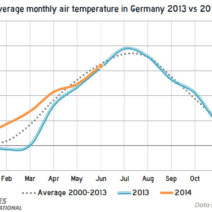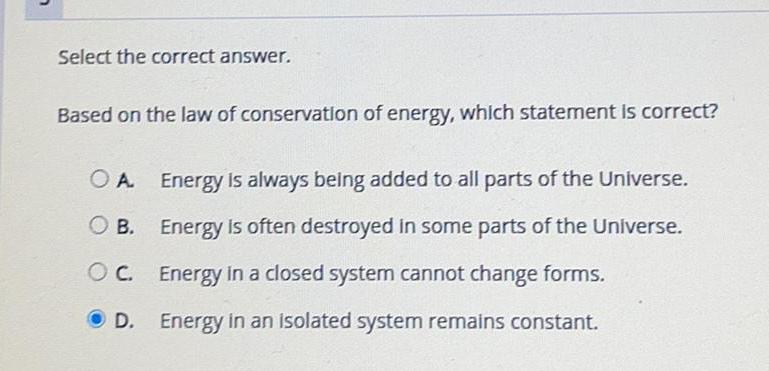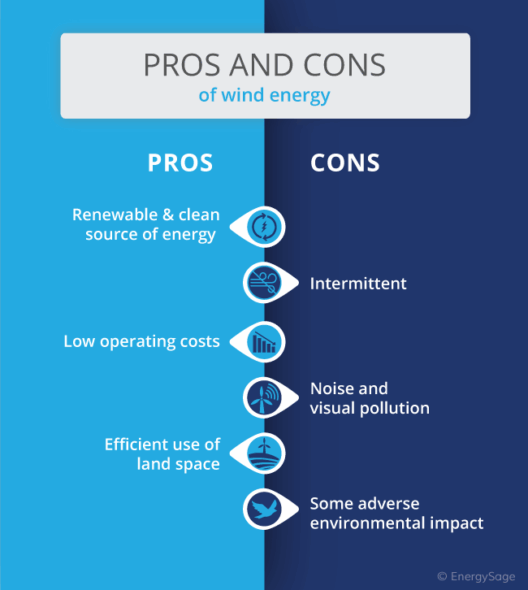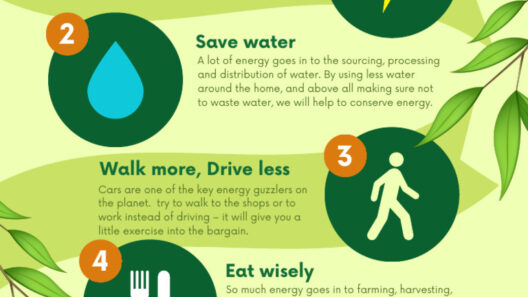The Law of Conservation of Energy is a fundamental principle within the realm of physics, asserting that energy cannot be created or destroyed; it can only be transformed from one form to another. This vital tenet underscores a myriad of scientific processes, from mechanical systems to biochemical reactions. However, the essence of this law often captivates minds and creates a labyrinth of interpretations. What does this mean for our understanding of energy in every facet of life? Delving deeper into its implications not only ignites curiosity but also unveils its elegant simplicity.
To truly comprehend the profundity of the Law of Conservation of Energy, it is essential to explore its various interpretations and applications across different fields.
Understanding the Dichotomy: Kinetic vs. Potential Energy
At the heart of energy conservation lies the dynamic interplay between kinetic and potential energy. Kinetic energy is the energy of motion; it is evident when a car accelerates or a ball zooms through the air. Conversely, potential energy embodies stored energy, waiting to be unleashed. An excellent analogy is a drawn bow, where energy accumulates until the arrow is released. When analyzing various systems—from roller coasters to pendulums—one observes this continuous transformation; kinetic energy converts into potential energy and back again, showcasing the perpetual balancing act dictated by the law.
For instance, consider a wind turbine, harnessing the kinetic energy of wind. As blades catch the gusts, kinetic energy is transformed into mechanical energy, ultimately converting into electrical energy that powers homes and industries. This intricate dance of energy forms epitomizes the omnipresence of the conservation law, rendering visible the invisible forces that sustain our daily existence.
The Universal Application: From the Cosmos to the Kitchen
The law does not confine itself to isolated environments; rather, it governs interactions at both grand and microcosmic scales. In astrophysics, the conservation of energy is pivotal in understanding the lifecycle of stars. As nuclear fusion occurs, mass is converted into energy, releasing massive amounts of heat and light. Consequently, the law interweaves cosmic phenomena, showcasing a seamless continuity that resonates through the universe. Stars fade, yet their energy continues to dance across the cosmos, illuminating new celestial realms.
Closer to home, the Law of Conservation of Energy dictates culinary artistry as well. When boiling water, energy is transfused from the stove to the pot, transitioning from thermal energy to kinetic energy as molecular vibrations increase. This principle is omnipresent in our daily actions, urging us to recognize energy flow in every corner of our environment.
The Aesthetic Transformation: Energy and Art
The nuances of energy conservation extend into the realms of art and creativity as well. Artists and designers often exploit the conservation of energy to create harmonious balance in their works. Sculptures may depict kinetic movements frozen in time, while architectural marvels employ principles of energy distribution to ensure structural integrity. In music, harmonic vibrations transform potential energy into auditory waves that resonate emotionally with audiences. Each artistic expression, therefore, subtly nods to the law, blurring lines between science and artistic endeavor.
Moreover, the interplay of natural phenomena—such as sunlight filtering through trees or waves crashing onto shores—serves as ethereal examples of this law in motion. Here, aesthetic appeal encapsulates the underlying scientific principles, making it imperative for humanity to appreciate both form and function, art and science as intertwined entities governed by the same universal laws.
Reflecting on the Impact: Societal Implications
The implications of the Law of Conservation of Energy resonate profoundly within contemporary discussions about sustainability and environmental stewardship. As society grapples with the escalating challenges posed by climate change, the conservation of energy underlines the urgency of transitioning to renewable resources. Solar, wind, and hydroelectric power embody the principles of using available energy efficiently while ensuring minimal waste. The challenge lies not solely in converting energy types but in understanding and respecting the limits imposed by natural law.
Moreover, understanding energy conservation fosters a culture of mindful consumption. It encourages society to adopt practices that minimize energy wastage—conserving not only resources but also nurturing a deeper appreciation for our interconnected ecosystems. Individuals can embody this ethos, recognizing that energy conservation extends beyond scientific inquiry—it is a call to action, urging humanity to harmonize its relationship with the planet.
The Path Ahead: Embracing Energy Transformation
As we navigate a world increasingly influenced by technological advancements and ecological imperatives, the Law of Conservation of Energy serves as a poignant reminder of the interconnectedness of all things. It calls for us to be conscious stewards of energy, inspired by its transformational possibilities rather than its limitations. Embracing this principle not only enriches our understanding of the physical universe but emboldens our resilience in the face of existential challenges.
In conclusion, the Law of Conservation of Energy encapsulates a remarkable truth about our world: energy, in its myriad forms, is forever in flux, continually shifting shape and state. It acts as a bridge linking disparate realms of knowledge, urging us to connect the dots across science, art, and societal practices. As we delve deeper into this intriguing narrative, we unveil layers of beauty and complexity that define forceful realities and inspire ongoing exploration in our quest for understanding.








